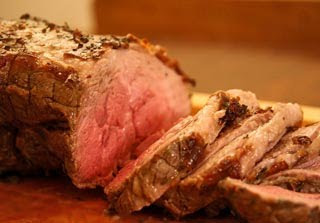
Several plants in our garden were grown from seed this year. Some with better results than others.
The successful veggies were corn, tomatoe, oka, squash and gourds. Corn we started straight in the ground and it grew without any effort very quickly. It produced the yummiest corn I've ever had straight off the plant uncooked (you have to eat it right after you pick it though). We planted two varieties of okra, one grew great and the other not so much. Tomatoes were everywhere.
The unsuccessful veggies were lettuce, beets, and radishes. The lettuce grew, it just tasted awful and bitter. The weather was too hot for these guys, and we should have planted them much sooner. While the beets that grew performed well, there was a huge mortality rate with these little rascals (about 75%). They don't handle transplanting at a young age too well, and they didn't grow too vigorously to begin with. Once we got them larger, they seemed very hardy though. Will have to research this plant a bit more and keep trying because it's greens are great in the hot summer (when the lettuce plants go bitter). I keep hearing how easy radishes are to grow, and yet we never grew any roots. This has happened both years we've tried to grow radishes.
Don't you just love squash flowers? I've heard of gourmet restaurants that take the flowers and fill them with brie, then batter in tempura, and deep fry.

Our squash and gourd plants went crazy. We didn't even plant any gourds on purpose, they just didn't die in our compost last Halloween, and when we spread out the compost, they started growing everywhere. We thinned them down to a few, but the few grew the best of any plant in our garden.
Check out the visitor in our compost

Here's a
complete list of the vegetables grown in our garden this year.






 Plants that self pollinate are the easiest to collect seeds from and replant. Examples of this type plant: non-hybrid tomatoes, peppers, peas, endive, chicory, lettuce (somewhat) and beans.
Plants that self pollinate are the easiest to collect seeds from and replant. Examples of this type plant: non-hybrid tomatoes, peppers, peas, endive, chicory, lettuce (somewhat) and beans.














 We're actually having two dinners (and a lunch) since folks are spending the night Friday & Saturday. The lodge has these great outdoor grills (2 of them), so we're going to basically keep a fire going the whole weekend. Friday night we'll grill hens. Still trying to work out the side dishes. Hoping Gramma will make her German potato salad.
We're actually having two dinners (and a lunch) since folks are spending the night Friday & Saturday. The lodge has these great outdoor grills (2 of them), so we're going to basically keep a fire going the whole weekend. Friday night we'll grill hens. Still trying to work out the side dishes. Hoping Gramma will make her German potato salad. Mark's mom agreed to bring lots of bread type foodies for breakfast. Saturday for lunch we'll use leftover chicken to make chicken & chicken salad sandwiches.
Mark's mom agreed to bring lots of bread type foodies for breakfast. Saturday for lunch we'll use leftover chicken to make chicken & chicken salad sandwiches.
















